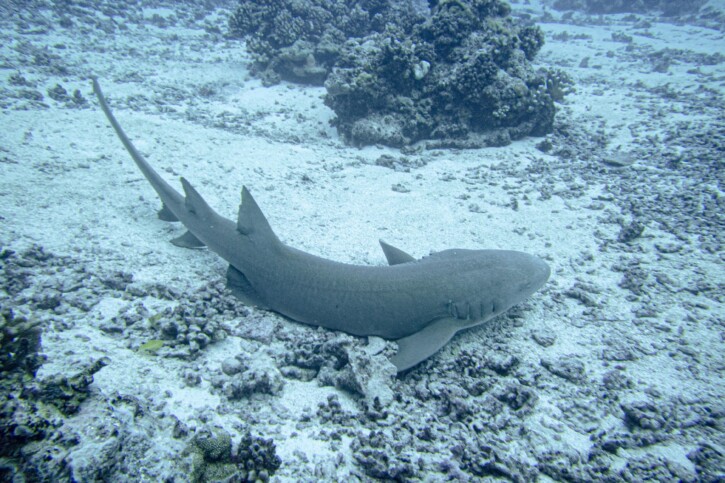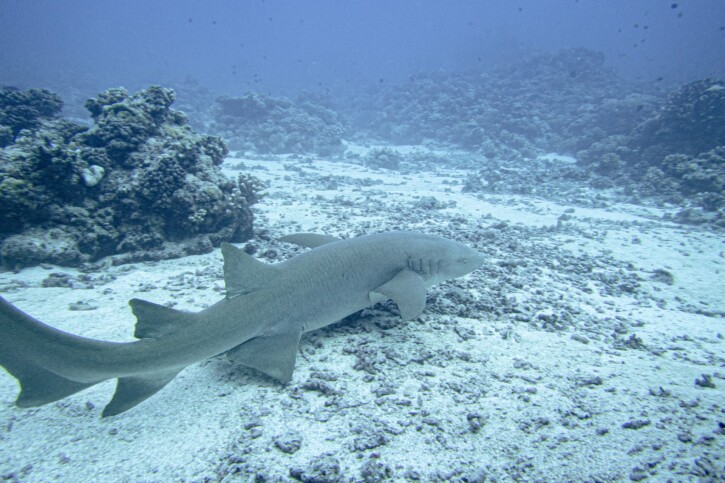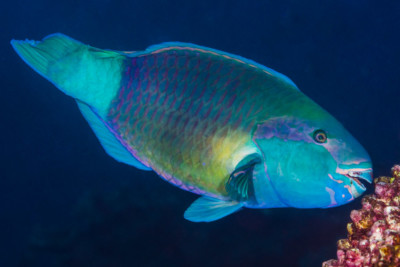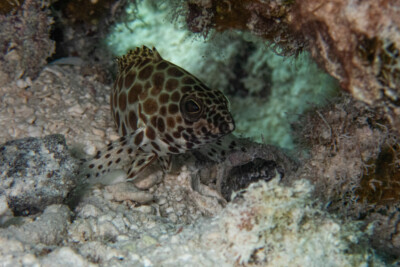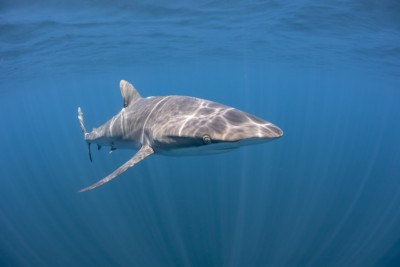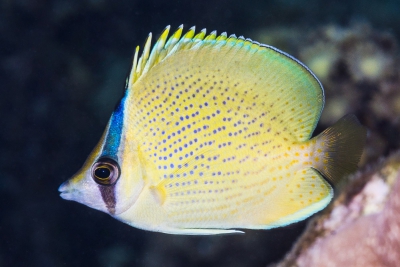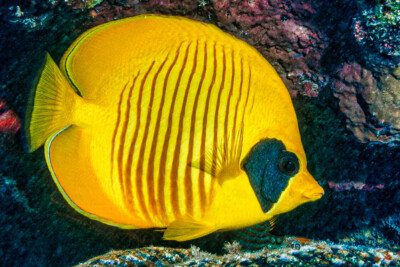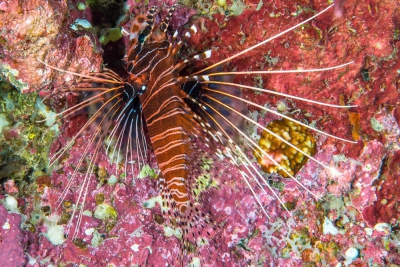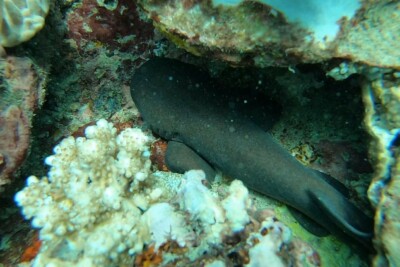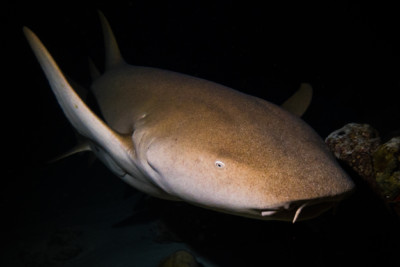tawny nurse shark
| Family | Ginglymostomatidae |
|---|---|
| Genus | Nebrius |
| IUCN category (World) | VU |
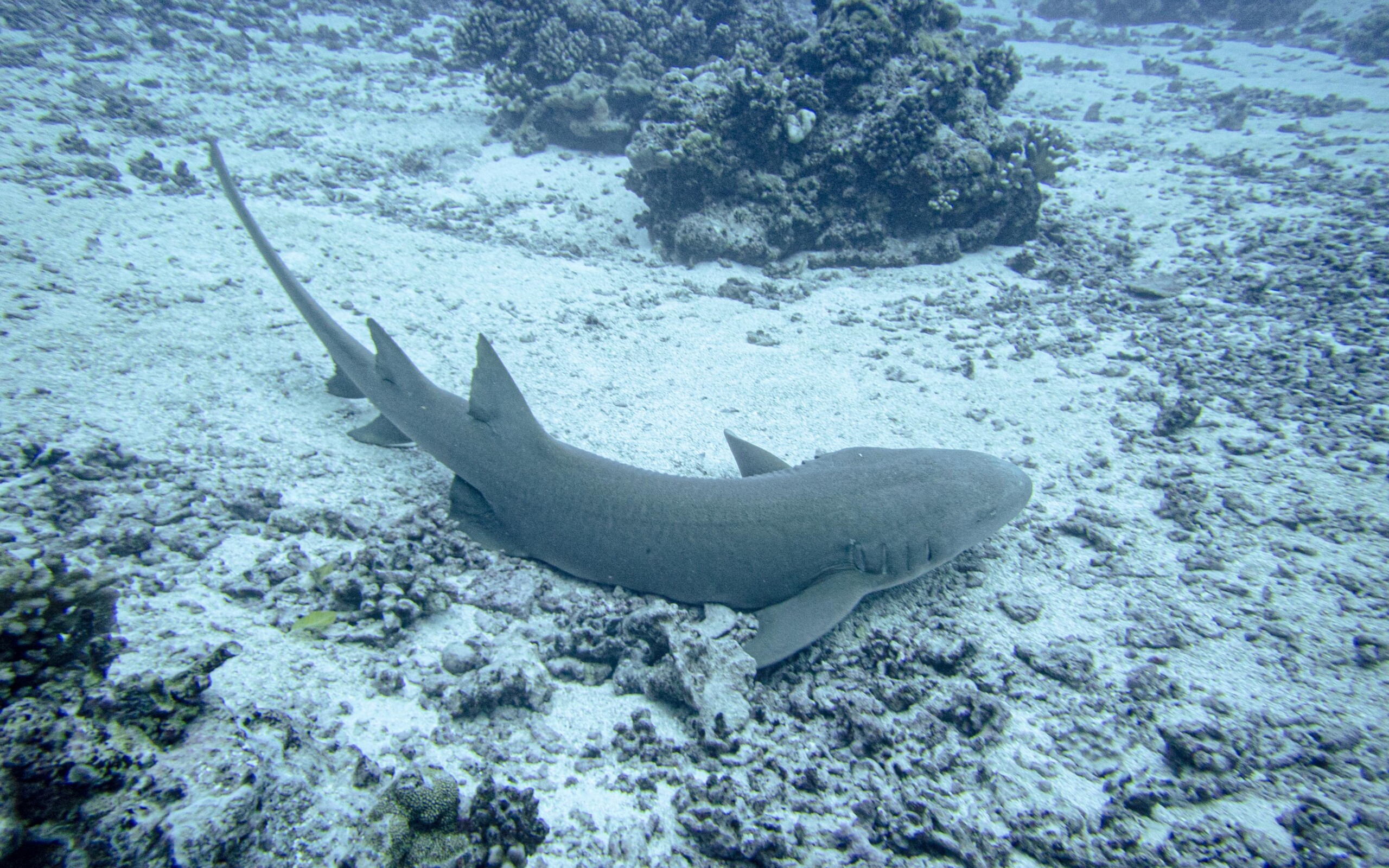

Introduction
Nebrius ferrugineus, commonly known as tawny nurse shark, is a salt water fish.
This sheet is currently being prepared. The texts currently proposed come from our data model or are being drafted. To request priority for this content, you can write to us HERE.
Who is it?
Morphology
-
Average size250 cm
-
Maximum size320 cm
-
Average size250 cm
-
Maximum size320 cm
How to recognize This fish ?
The tawny nurse shark measures between 250 and 320 cm. This fish is unicolore with a predominantly gris body.
Behaviour & Life cycle
-
dietcarnivorous
-
Male sociabilityliving in a group or alone
-
Female sociabilityliving in a group or alone
-
territorialNo
-
Way of livingnocturnal
The tawny nurse shark hunts in the stalk and is one of the predators of its biotope. Opportunistic, it does not hesitate to attack any smaller animal nearby.
The tawny nurse shark is a fish living in a group or alone naturally found near the bottom. This species is carnivorous . This fish lives mainly at night. Usually, it leaves its hiding place and starts to be active once it gets dark.
Although the tawny nurse shark is non-territorial, it is sometimes aggressive towards other species.
Reproduction
-
Reproductionovovivipare
The tawny nurse shark is a fish ovovivipare.
Risks for humans
-
VenomousNo
-
BiteYes
This species can attack if it feels threatened. It is important to be particularly vigilant especially during dives or fishing sessions.
Origin and distribution

What is its habitat?
Natural environment characteristics
-
Temperature25 - 29 °C
-
Depth0 - 70 m
Biotope presentation
The tawny nurse shark is most often found at a depth between 0m and 70m. However, it is not impossible to find this species at other depths.
Species of the same biotope
To go further
Sources & Contributions
Participation & Validation
The Fishipedia team and specialist contributors are committed to providing high-quality content. However, although the information comes from scientific sources or testimonials from specialists, the cards may contain inaccuracies.

Adrien Falzon
Translation
Translation done with the valuable contribution of our translators, who make this information available to a wider audience. We sincerely thank them for their commitment.
Scientific partners
Tags
Species of the same family
Species of the same biotope
